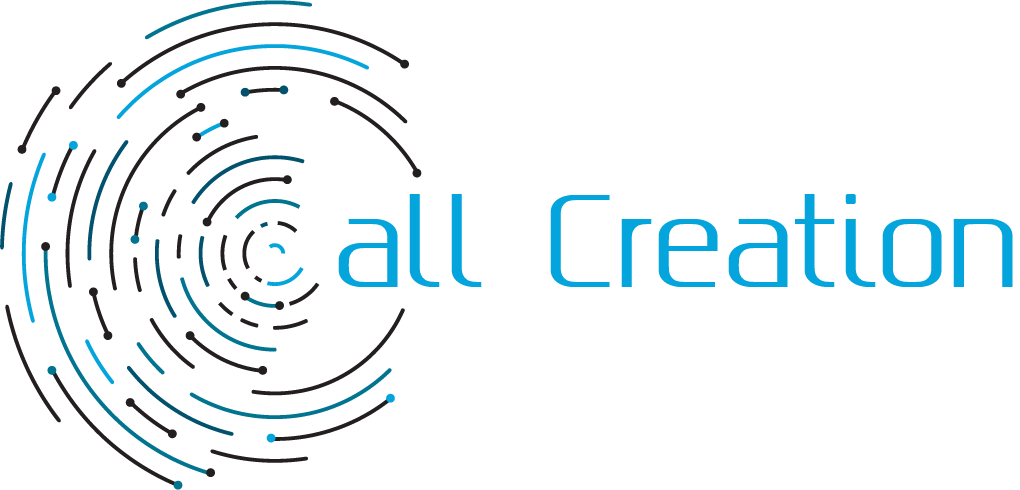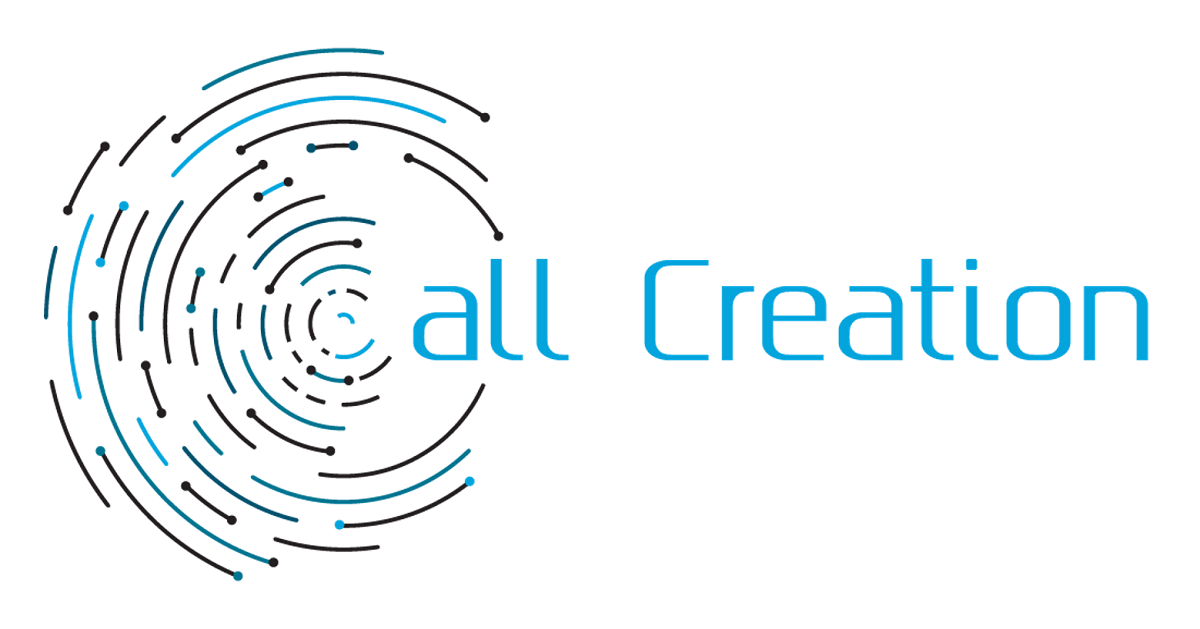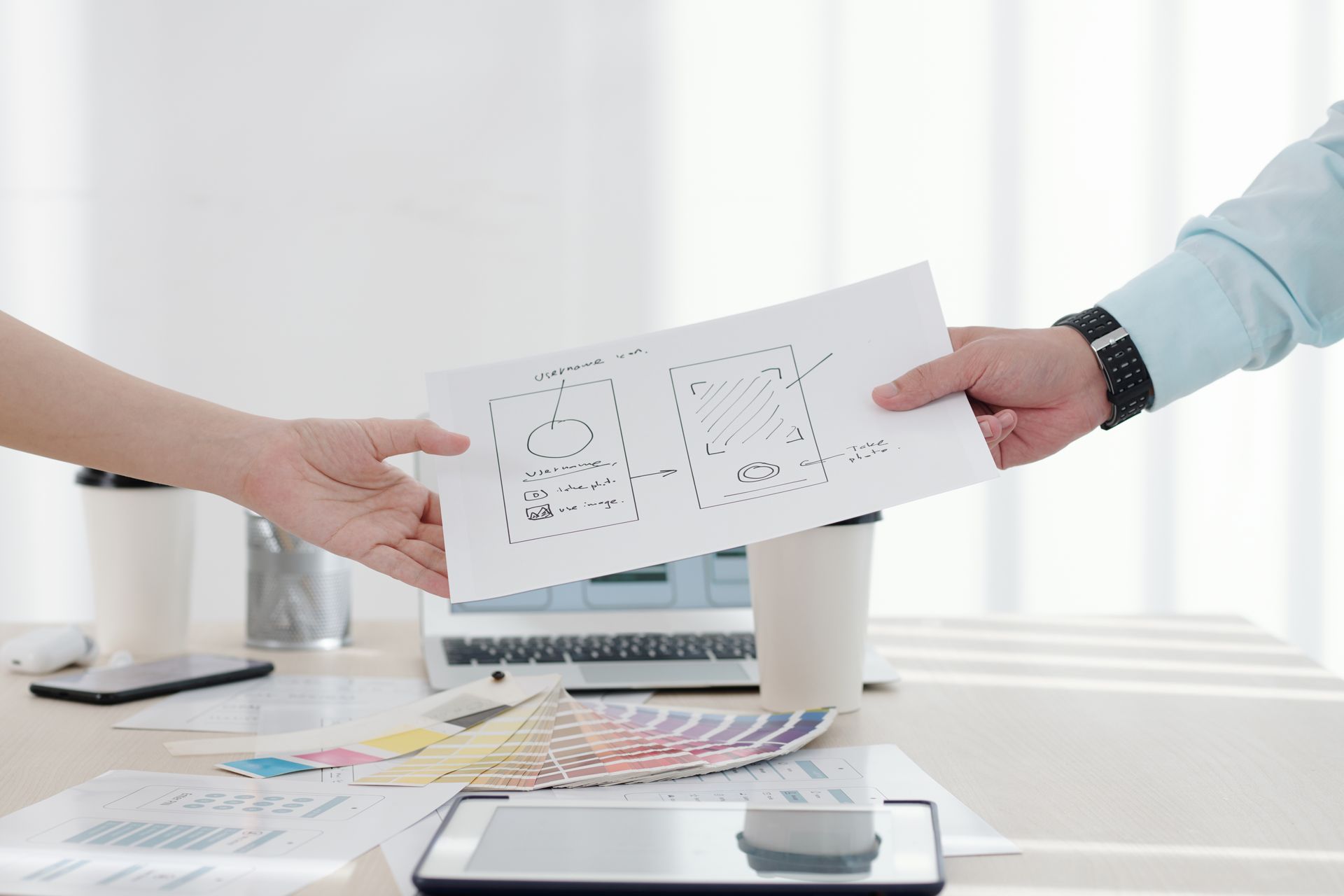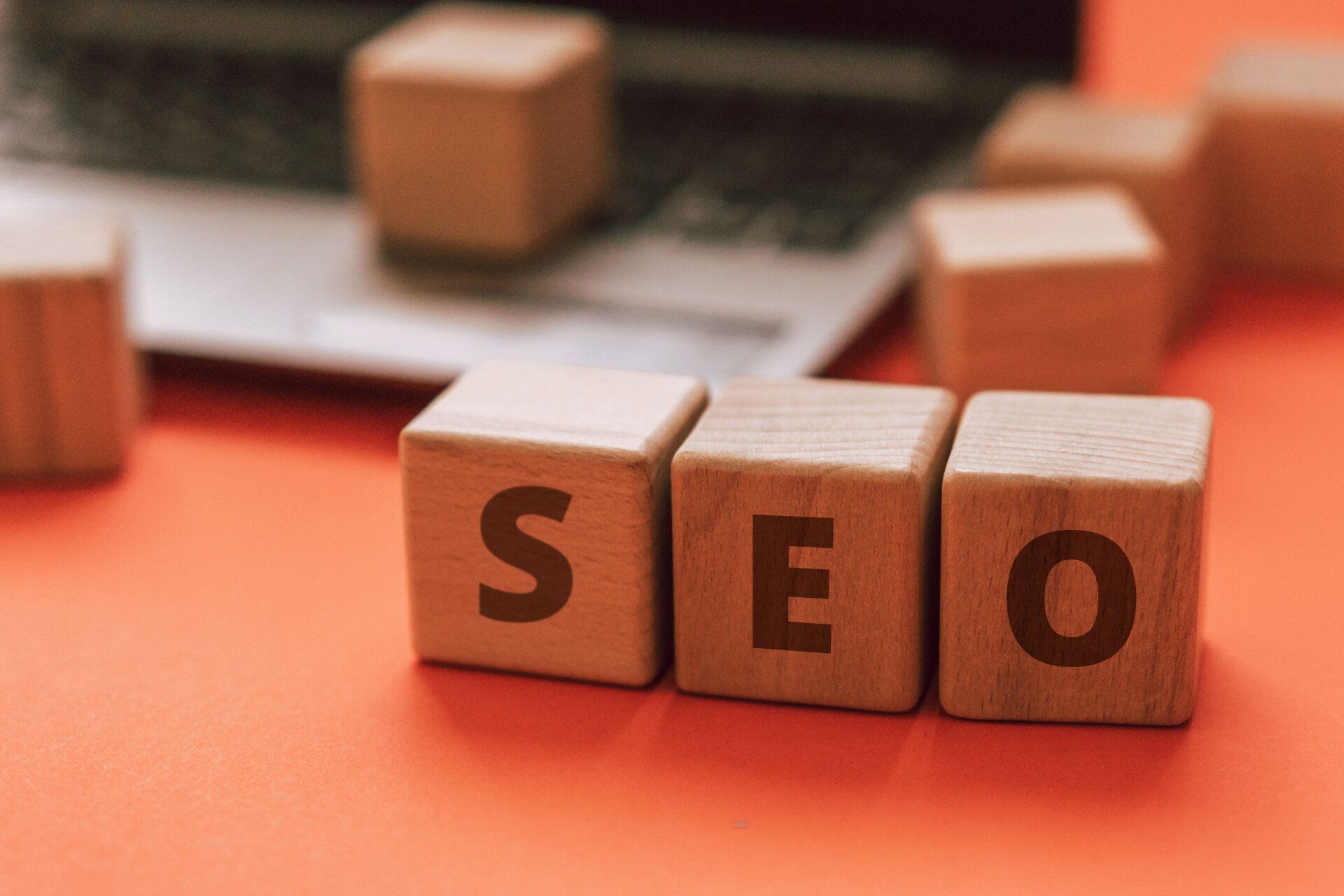What you need to prepare before they start on your website.
Whether you're launching a new business, revamping an existing website, or starting a personal blog, a skilled web designer can make all the difference in creating a polished, user-friendly, and visually appealing site.

To ensure a smooth and efficient collaboration, it's essential to be well-prepared before your web designer gets to work. In this blog post, we'll outline the key steps you need to take to get ready for your web designer.
1. Define Your Goals and Objectives
Before your web designer can start working on your website, you must have a clear understanding of your goals and objectives. What do you want your website to achieve? Are you looking to increase online sales, build brand awareness, or simply provide information to your audience? Define your objectives and communicate them clearly to your designer, as this will guide the entire design process.
2. Budget and Timeline
Establish a budget for your website project, and discuss it with your web designer. Knowing your budget constraints will help them make appropriate design and technology recommendations. Additionally, set a realistic timeline for the project, taking into account any specific launch dates or events that may be tied to the website's release.
3. Identify Your Target Audience
Understanding your target audience is crucial for effective web design. Provide your web designer with detailed information about your ideal customers, including demographics, interests, and pain points. This information will help them create a website that appeals to and engages your target audience.
4. Gather Content and Imagery
Content is king on the web, so prepare all the text, images, videos, and other media that you want to feature on your website. High-quality content not only enhances the user experience but also influences your website's search engine ranking. If you need help with content creation or optimization, discuss this with your web designer, as they may offer content services or can recommend trusted partners.
5. Determine Website Features and Functionality
Think about the specific features and functionality you want your website to have. Do you need e-commerce capabilities, a blog section, contact forms, or a booking system? Clearly outline these requirements to your web designer so they can plan the website's architecture accordingly.
6. Share Design Preferences
If you have a particular design aesthetic in mind or examples of websites you admire, share these with your designer. Your preferences can include color schemes, typography, and layout styles. Providing visual references can help your designer better understand your vision.
7. Branding Guidelines
If you have established branding guidelines, share them with your web designer. This includes your logo, color palette, fonts, and any specific design elements that are part of your brand identity. Consistency in branding across your website is vital for brand recognition.
8. Hosting and Domain Information
Ensure you have purchased a domain name and hosting services. Share the relevant login credentials and server details with your web designer so they can set up your website properly. If you're uncertain about hosting options, your designer can often provide recommendations.
9. SEO Strategy
Discuss your SEO (Search Engine Optimization) strategy with your web designer. They can help ensure your website is optimized for search engines, which is crucial for visibility and attracting organic traffic. Keyword research, meta tags, and other SEO elements should be considered from the outset.
10. Communication and Feedback Channels
Establish clear communication channels with your web designer. Regular updates, feedback sessions, and a defined process for revisions and approvals will help keep the project on track and ensure you are both aligned throughout the design process.
Conclusion
Preparing for your web designer is a critical step in creating a successful website. By defining your goals, providing necessary content and assets, and maintaining open communication, you set the stage for a productive and collaborative partnership. Remember that a well-prepared project often results in a smoother development process and a website that better aligns with your vision and objectives.

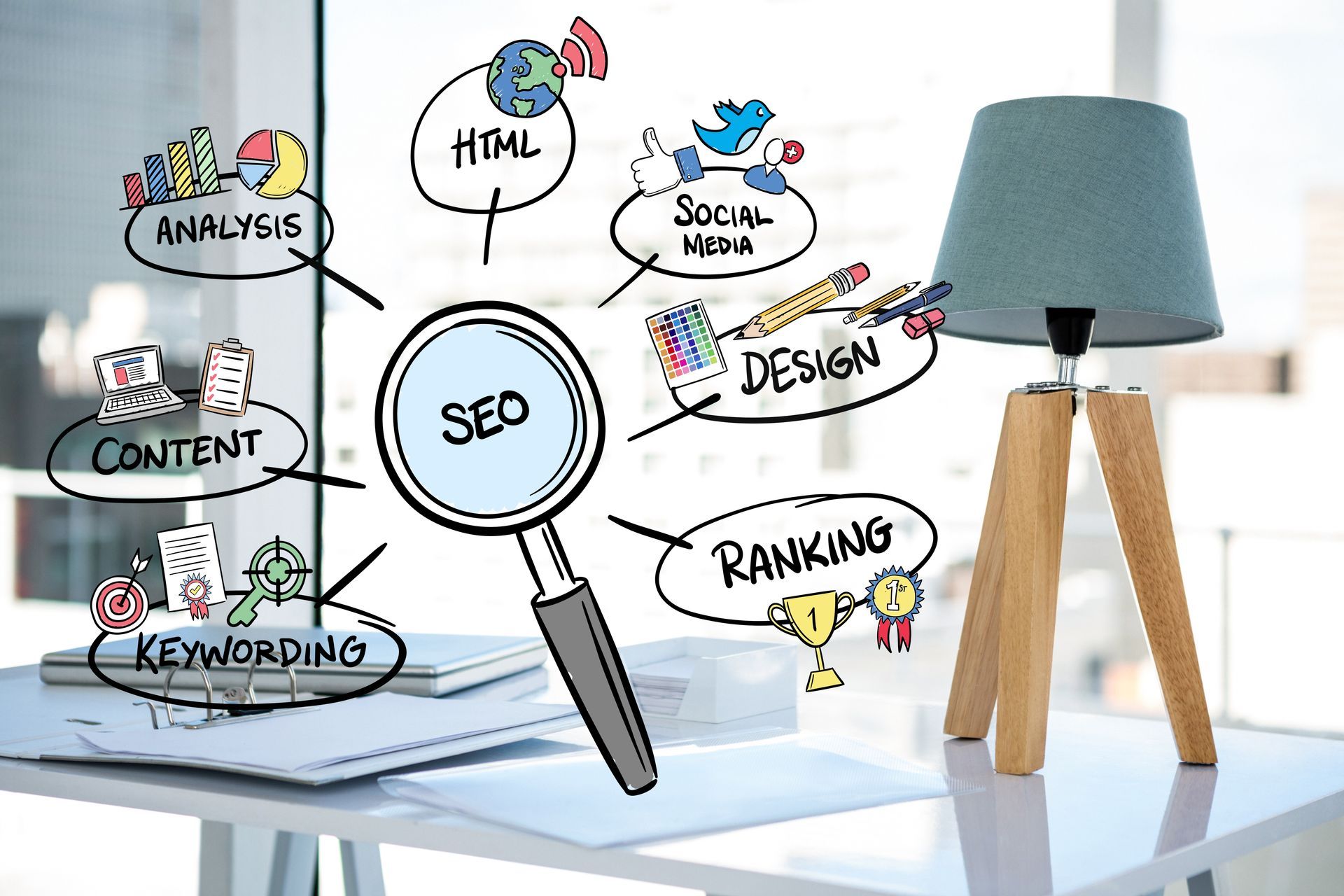

Let's make awesome things, together.
